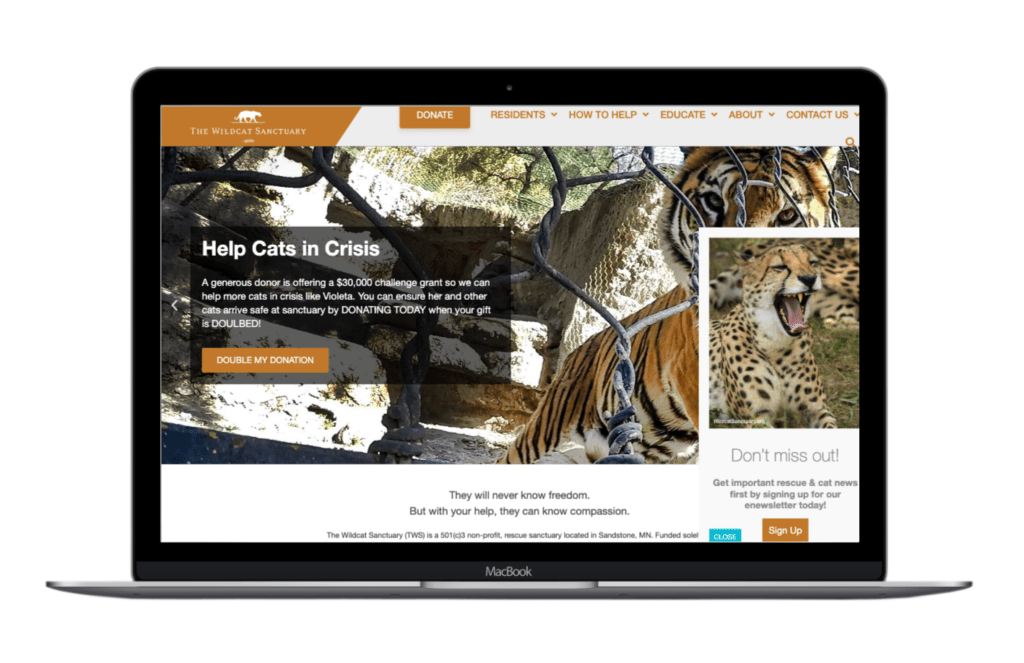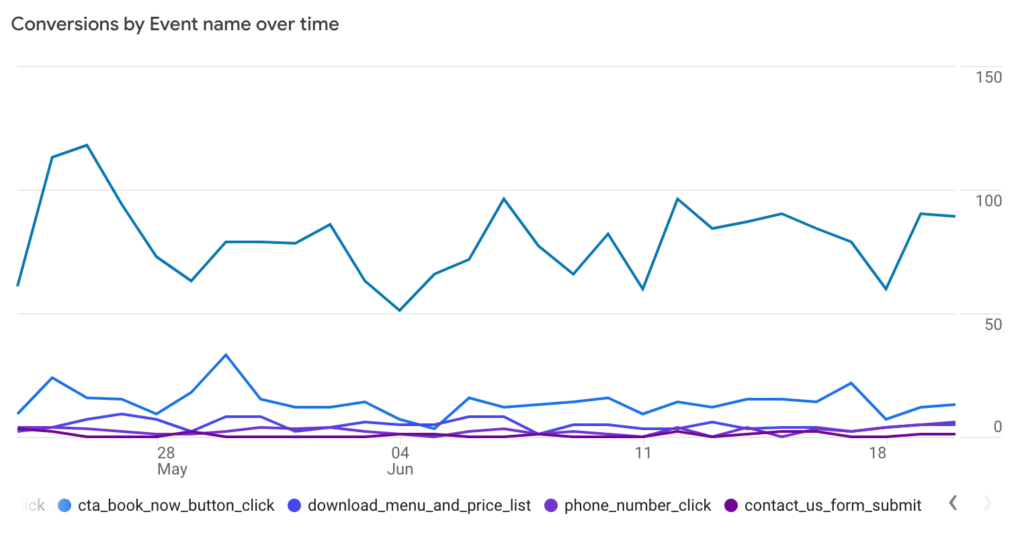Have you ever asked yourself what the purpose of your website is? Is it to facilitate sales? To prompt a customer to request more information or fill out a form? Any activity you want to be performed on your website is a conversion, and the purpose of your website is likely to get those conversions.
Conversion rate optimization (CRO), on the other hand, is a marketing strategy used to increase the percentage of users who complete an intended action on your site. So, if you want to generate sales, CRO would encourage your visitors to make a purchase, or if you’re looking to capture contact information, CRO could help encourage your visitors to submit that information.
No matter what your intentions are with your website (filling out a form, making a purchase, requesting more information), optimizing for conversions can help you reach your site goals. Here’s how the experts at Byte DiGTL can help.
Know Your Audience
The first thing you need to know when optimizing your site for conversions is who you are optimizing for. Use data from past customers, market research, and your product or service demographics to determine your target audience. Once you know who to optimize for, it’s time to figure out how to optimize for conversions.
Calling All Customers
A solid call to action is one of the first things you need for a successful CRO campaign. Your call to action or CTA should be easy to see and complete, such as with a button located prominently on your homepage.
For the best results, put your CTA above the “fold” of your website. Your CTA should be one of the first things your customers will see when they land on your homepage.

Website design for The Wildcat Sanctuary featuring strong CTAs to “Donate,” “Double My Donation,” and “Sign Up” for their newsletter
A/B Testing
A/B testing is when you compare two items (item A and item B) to see which item performs better. This could be two ads or even two website landing pages, among other things. To conduct an A/B test on your website, for example, you would change one variable on one site and see what that change’s impact would be on the site. You could adjust anything from the hero image, the headline font treatment, or even the color or wording of the CTA. These changes would then be compared to the other page, and you could make adjustments as necessary based on your findings.

Google’s Optimize tool for A/B testing
Do The Math
Now you’ll want to test your CRO and see if it’s working. This is where analytics data, such as Google Analytics data, comes in handy. With Google Analytics, you can calculate your conversion rate by dividing the number of conversions by the number of visitors to your site and multiplying by 100. This is also where a marketing team comes in handy. They can do the math for you and use that data to improve your marketing efforts.

Google Analytics Conversions report showing conversions for a website
Make Adjustments
While you may be off to a solid start on your CRO efforts, your strategy will still need to be adjusted over time, depending on your customers, product, or services. To keep your CRO strategy successful, be prepared to make periodic changes to your landing page and advertising to roll with the punches!
Take A Byte Out Of Your Marketing Efforts
Are you ready to start optimizing your website for conversions? Let the web design and development experts at Byte DiGTL help you determine the best strategy for your website and start developing a robust CRO strategy today! Let us do the heavy lifting, so you can return to running your business.
To learn more about our services, please get in touch with us today!


